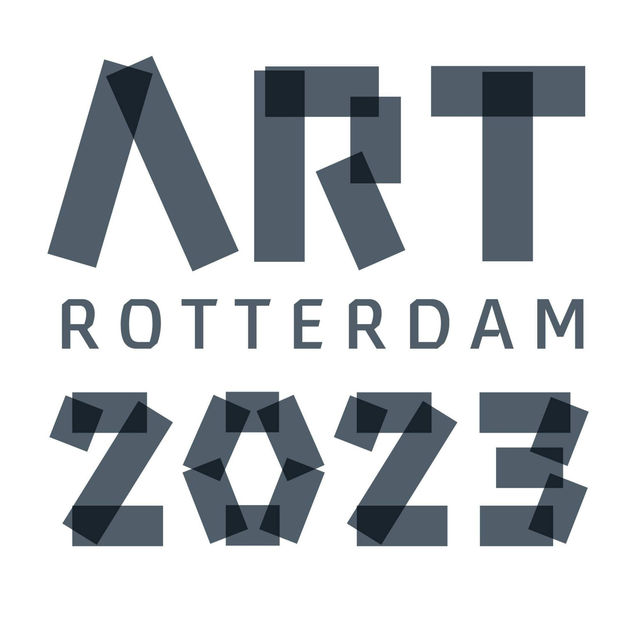
Antonio Jose Guzman is a Dutch-Panamanian visual artist. Working in different media including: Installation, textile, fiber art, collage, video, photography, experimental soundscapes, music composition, performance and acrylic painting techniques. Guzman reinterpret postcolonial attitudes in our society. His research of memory and time, open us to conceptions in the thinking of communities, ancestry, identity and the individual.
Iva Jankovic is a Dutch-Yugoslav artist and a designer. Located in Amsterdam, she works in the Netherlands, Gujarat and Serbia. In 2012 she founded a sustainable clothing brand that serves as a platform for the artistic research into the use of patterns and symbols across the world. Merging her traditional fine art education with crafts she transforms ideas into performance pieces, installations and unique fashion garments. Her fascination for communal memories is furthering a theory of homogeneity in human thinking. By deconstructing cross-cultural symbols and bringing them to a local environment she asserts sustainability as the only way to a genuine decolonisation.
Bobbi Essers graduated from Fine Art at the HKU in Utrecht. Her circle of friends is the subject of her paintings. She first takes photos during -as just about everyone does these days- their encounters and uses them as the basis for her works. Fragments are cropped or stretched, an arm appears instead of a leg. From a piece of sanitary napkin to the freckles on a shoulder, the extremely mundane is precisely what Essers finds worth being immortalised. Although immortalised; here stands a talent who has just graduated and is part of a generation where the here and now is more important than what once was or ever will be.
Hans van der Ham trained as a classical pianist at The Hague and Utrecht Conservatory (1984) and then went to art school in Rotterdam. Human figures frequently appear on his canvases. Figures sometimes reminiscent of tribal art, sometimes of Picasso or a 17th-century French portrait. In such a jumble of historical references, there is a danger of the works succumbing to this, but Van der Ham manages to avoid this through the stratification his paintings possess. At the same time, everything on the canvas becomes one; the thick oil paint, the communication between the figures and the facial expression on the faces of his protagonists.
Daniel van Straalen starts a game with the mind of the viewer. By using images that are immediately recognizable, he offers an opportunity to interpret his work. At the same time, this possibility is also a deception: what is immediately recognized offers no more room for other associations. This also raises questions about authenticity, one of the key elements in Van Straalen's work. He investigates what authenticity still entails in a world dominated by the internet. Does it even matter what 'real' is and what 'fake' is, or who was the 'first' who came up with a certain idea?
Wolfgang Messing defines a multi-level system of allegories in changing degrees of complexity, to represent fragmented memory of global events. He uses a variety of sources from social media and news feeds, photography, advertisements, movie quotes, books, found images, archival and museum artefacts, allusions to the history of culture, to abstract geometric comparisons. He is known for figurative, abstract, expressionist painting.